
This logo isn't an ad or affiliate link. It's an organization that shares in our mission, and empowered the authors to share their insights in Byte form.
Rumie vets Bytes for compliance with our
Standards.
The organization is responsible for the completeness and reliability of the content.
Learn more
about how Rumie works with partners.
The stress you know may look like this.

But did you know it can also look like this?

Recognizing the signs of stress response in the body can help you manage how you deal with stress.
What Is Stress?
According to the definition of stress in both psychology and biology, stress is a pattern of physiological responses to a threat or stressor.

The stress response is our body’s attempt to survive and cope with such threats.
The nervous system is the structure in our body that allows us to feel and deal with threats.
A Crash Course on the Nervous System

Sympathetic Nervous System (SNS)
controls the “fight or flight” response
stimulates the body when facing a stressful situation

Parasympathetic Nervous System (PNS)
controls the “rest and digest” function
relaxes your body after the stress has passed
The changes our body goes through when stressed can be explained using the 3 stages of the General Adaptation Syndrome (GAS).
Did you know?
1. Alarm Reaction Stage

Increased heart rate to push blood to vital organs
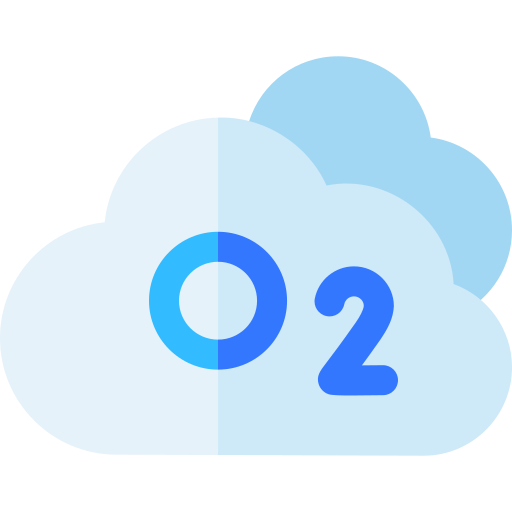
Increased oxygen for the brain (alertness) and muscles (strength)

Dilated pupils for better vision and awareness
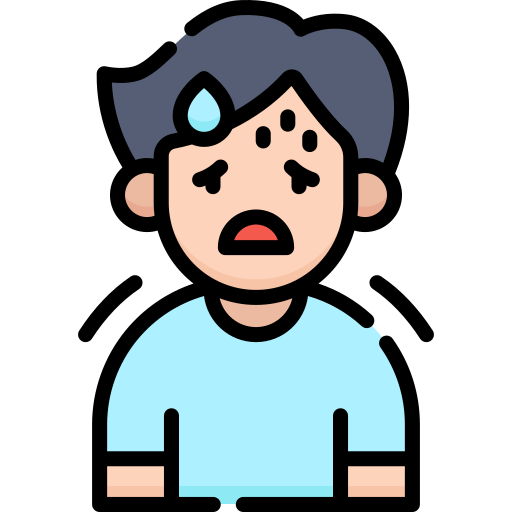
Sweat production to regulate body temperature
2. Resistance Stage
After the initial shock of stress, the PNS takes over and the body begins to “rest and digest.”

The body begins to slowly repair itself by normalizing biological responses. It may take a while for it to fully replenish the resources lost and return back to its pre-stress condition:
Energy conservation
Lowered heart rate
Improved digestion
Elimination of waste
However, if the stress persists for longer, the body will continue to stay on alert and move on to the next stage.
Did you know?
3. Exhaustion Stage
Prolonged or chronic stress causes the body to use up all its resources. At this point, it may no longer be able to deal with the threat.
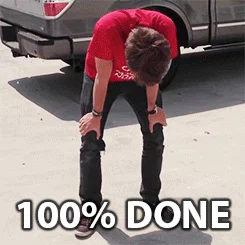
This can look like extreme fatigue, burnout, and decreased stress tolerance.
Under chronic stress, cortisol (aka the “stress hormone”) levels remain high, which can cause:

Headaches

Increase or decrease in appetite
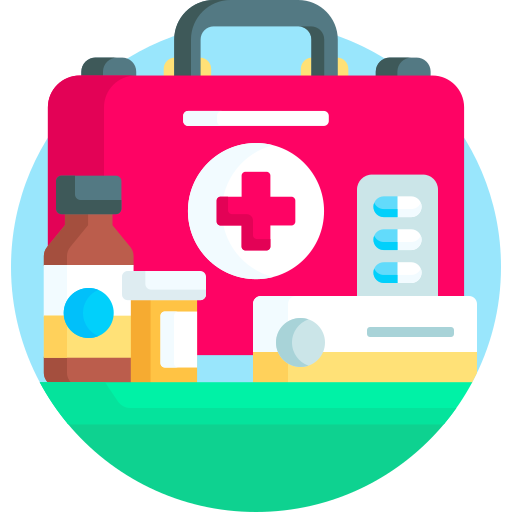
Increased risk of health conditions

Muscle pain

Digestive problems

Trouble sleeping
Quiz
Prolonged stress brings about negative effects on your physical and mental health. Which of the following techniques can you use to manage stress?
A healthy amount of relaxation, physical activity, and social support are some practical techniques you can use to cope with stress.
Check Your Knowledge

Jeremy just finished an important presentation at work.
Jeremy spent months working on and stressing over this presentation, so he's glad that he was finally able to finish it.
He has a bit of trouble shifting his focus to other tasks right away, but his pre-presentation jitters have stopped and his palms are no longer sweaty.
Quiz
What stage is Jeremy likely in?
Considering the signs that Jeremy has been exhibiting, as well as the fact that the stressor (presentation) has passed and that his body is adjusting back to its pre-stress levels, it can be assumed that he is now in the resistance stage.
Take Action
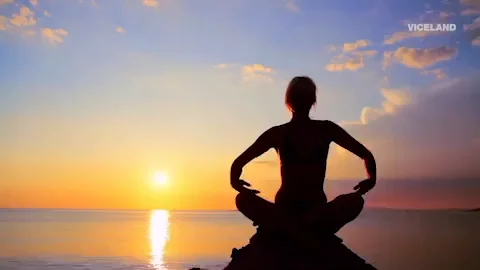
Understand the biology behind stress to better manage it!

